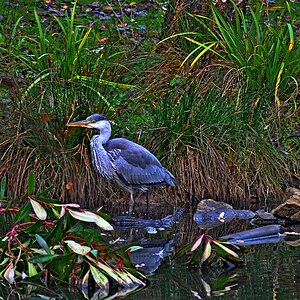ecphoto
TPF Noob!
- Joined
- Mar 6, 2012
- Messages
- 320
- Reaction score
- 18
- Location
- Southern California
- Can others edit my Photos
- Photos OK to edit
I'm still playing with settings on my new 550D/T2i. I had not notices too much noise at the lower ISO's until a few days ago. I took a lot of photos the other day, all at ISO400. I didn't notice a lot of noise on all of them. I noticed it on pictures with lots of white when zoomed at 100% or more.
Should I expect this as something normal with this camera?
Is anyone has this camera or similar? Should the d-range optimizer be on or off?
Should I expect this as something normal with this camera?
Is anyone has this camera or similar? Should the d-range optimizer be on or off?



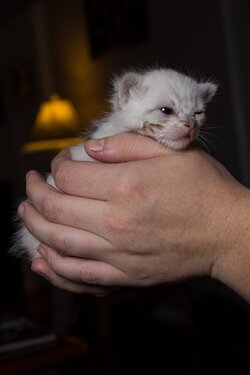
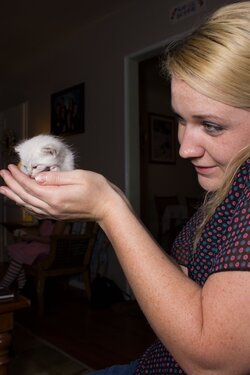
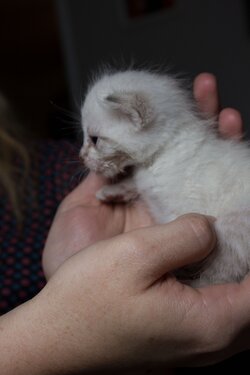
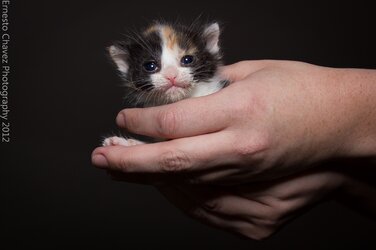
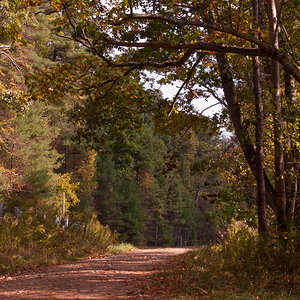
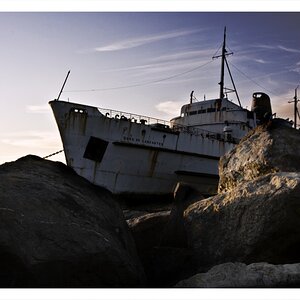

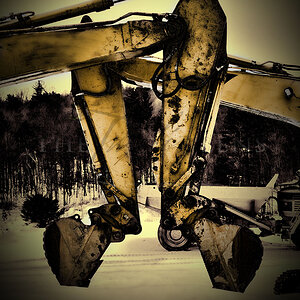
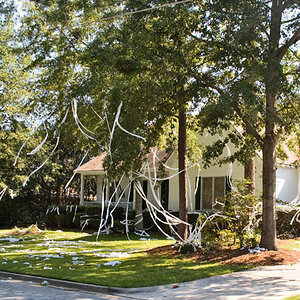
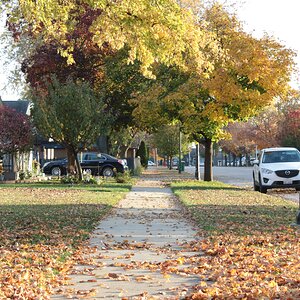
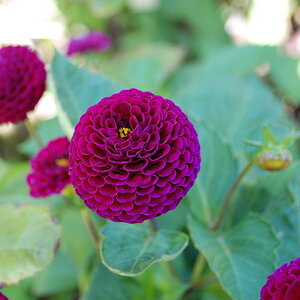
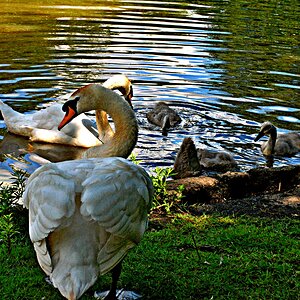

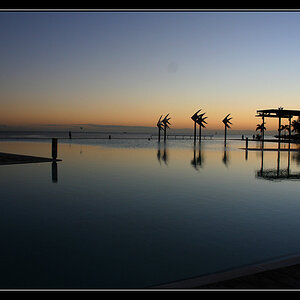
![[No title]](/data/xfmg/thumbnail/32/32929-22e23acc63d6ecb25e5ee941be87121f.jpg?1619735758)
